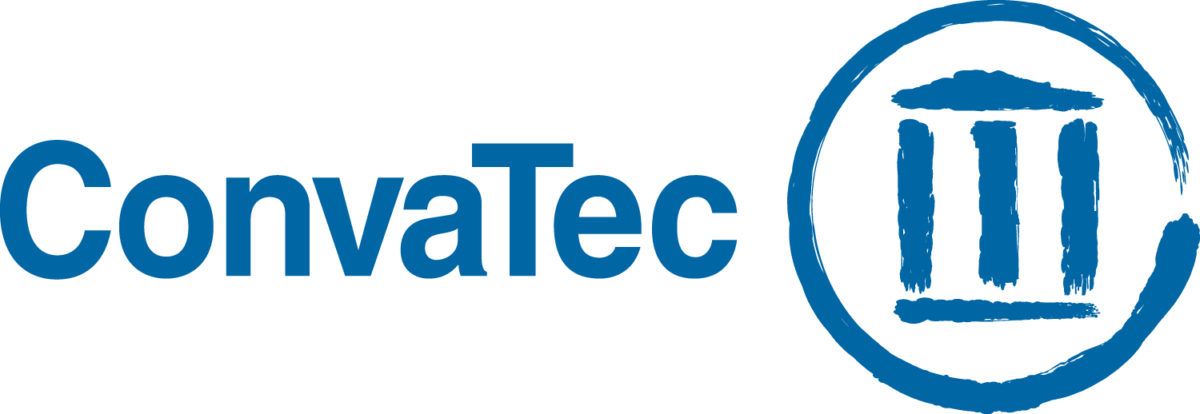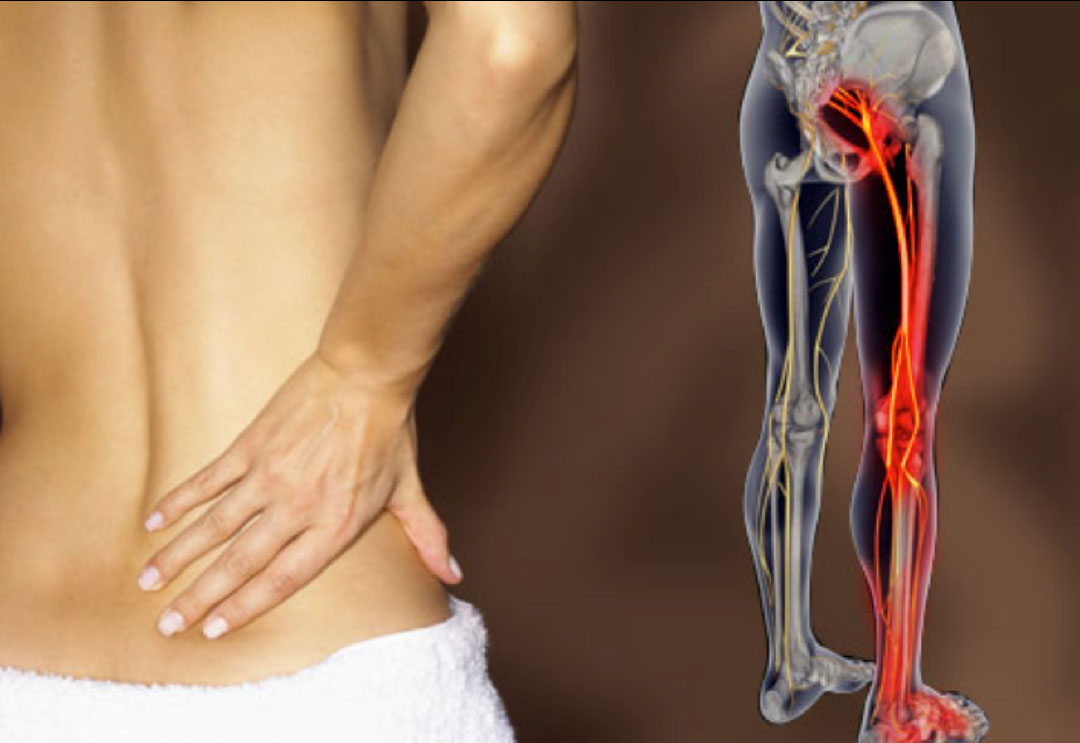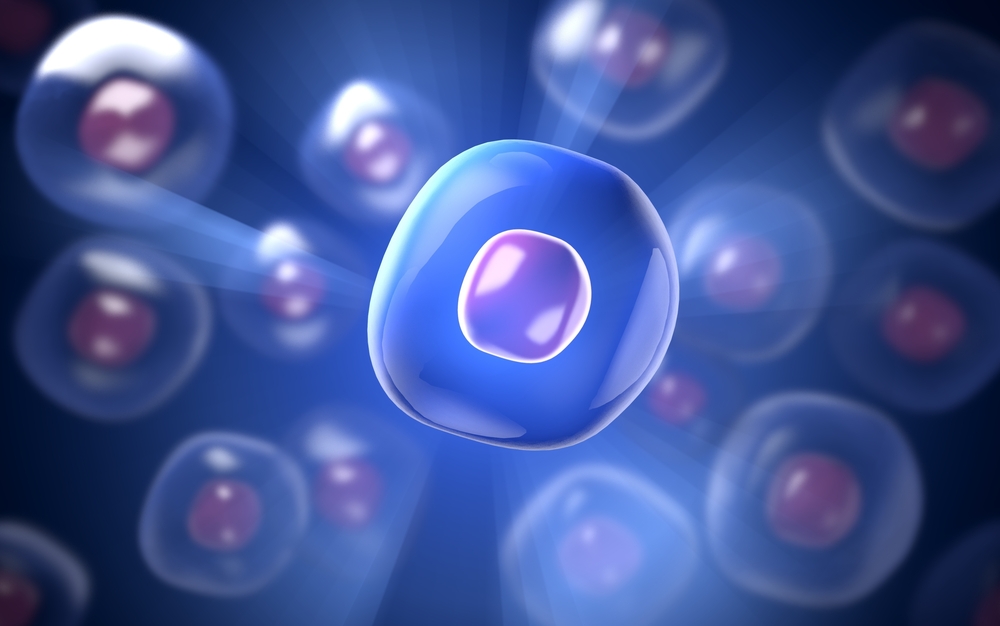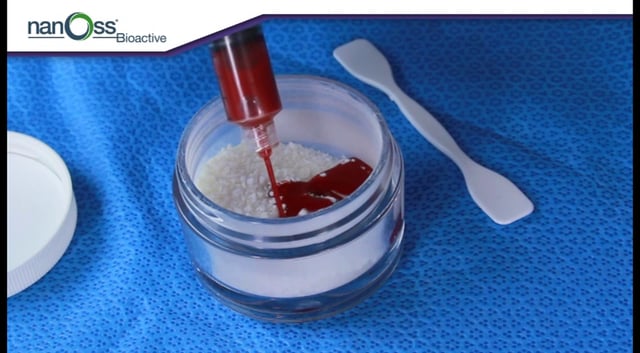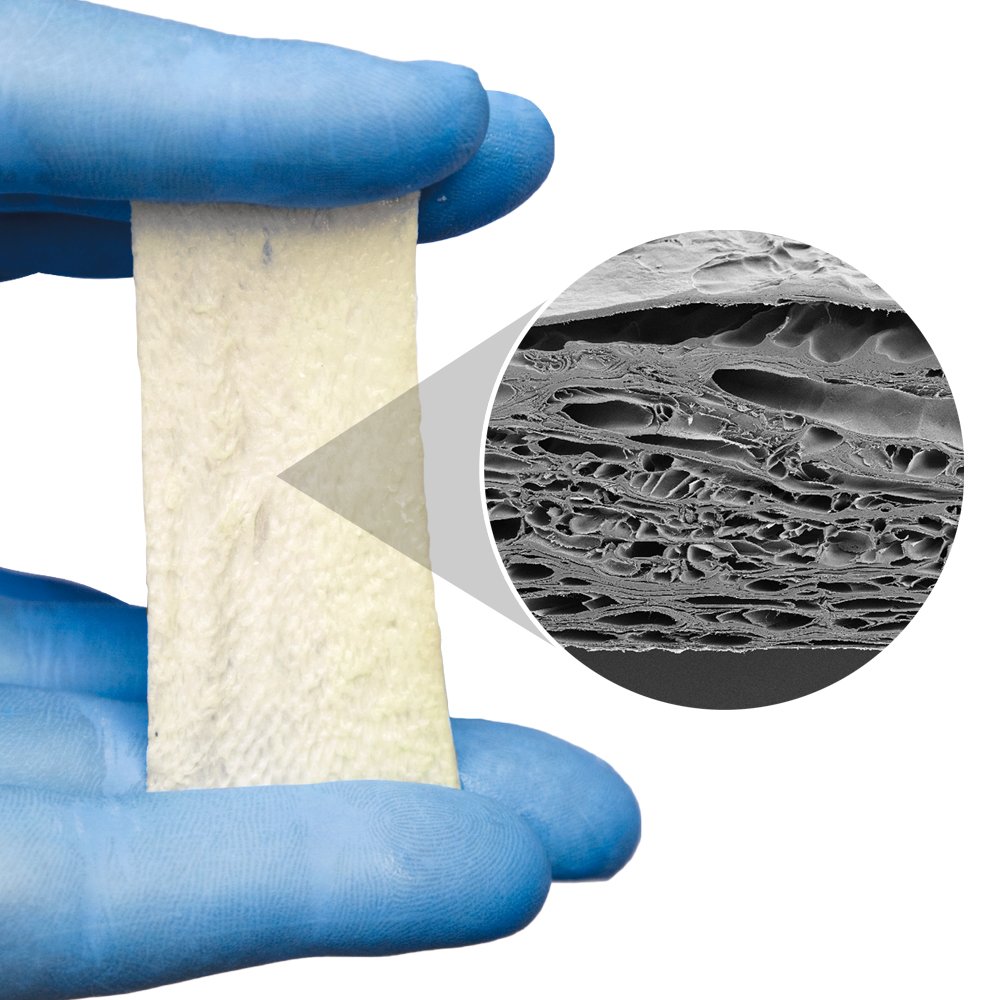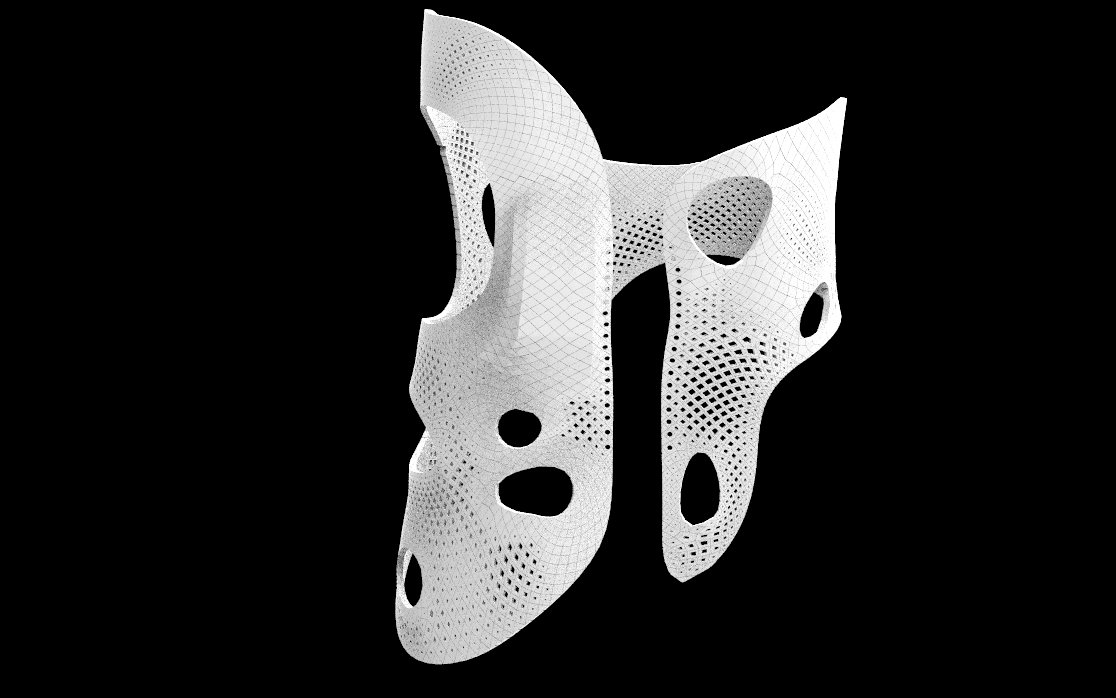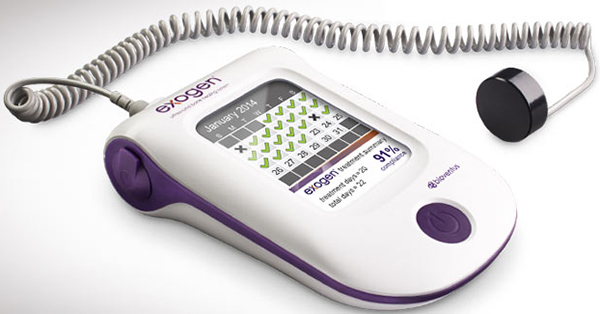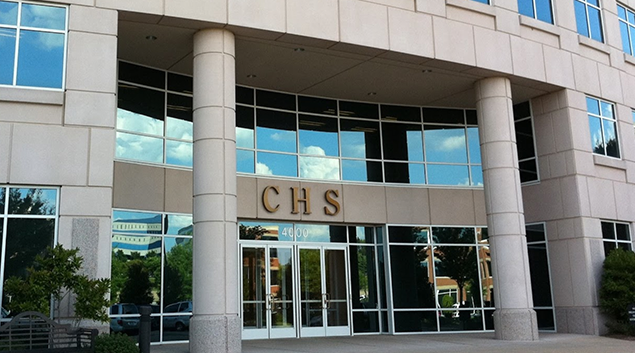LUXEMBOURG, Sept. 19, 2016 /PRNewswire/ — ConvaTec, a leading global medical technology company, today announced the U.S. launch of AQUACEL® Ag SURGICAL SP dressing, extending the company’s range of AQUACEL® Ag SURGICAL cover dressings developed to help reduce surgical site infections.*
AQUACEL® Ag SURGICAL SP dressing has a thin adhesive layer, to aid conformability for specific types of surgical wounds such as cesarean section and lumbar spine surgery. The new slim profile dressing is also designed to provide the same antimicrobial protection benefits** as AQUACEL® Ag SURGICAL cover dressings.
Surgical site infections (SSIs) can be devastating to a patient’s health and costly for health care providers. In addition to the burdens of further treatment, under the Affordable Care Act, hospitals in the U.S. with high rates of patient readmissions 30 days post-surgery are subject to reduced reimbursement from Medicare.
“Postoperative wound infection is a leading cause of patient readmission following surgery, and a significant issue for both patients and health care providers,” said Bryan D. Springer, MD, Fellowship Director at OrthoCarolina Hip & Knee Center. “Reducing the risk of SSI is a major focus for our facility. Our experience with AQUACEL® Ag SURGICAL dressings is that these advanced dressings offer compelling value in terms of patient satisfaction, clinical outcomes and cost.”
“Patients undergoing back, abdominal and other types of surgeries have unique needs to support their post-operative healing and daily activities such as bathing, changing clothes and sleeping,” said Fiona Adam, Vice President and General Manager of Advanced Wound Care. “ConvaTec developed AQUACEL® Ag SURGICAL SP dressing in response to these specific needs as well as to address the risk of SSIs across a broad range of surgical wounds – in keeping with our commitment to the community of wound care specialists and patients whom we serve and whose lives we touch, every day.”
Published Studies Support Value of AQUACEL® Ag SURGICAL Dressings
In previous studies, AQUACEL® Ag SURGICAL cover dressings significantly demonstrated the ability to reduce the incidence of post-operative infection and other complications, such as skin blistering, and improve patient satisfaction.
In a retrospective clinical study of 1,778 patients undergoing hip and knee replacement surgery (total joint arthroplasty or “TJA”), published in The Journal of Arthroplasty, the use of AQUACEL® Ag Surgical cover dressing vs. standard gauze surgical dressing reduced periprosthetic joint infection (“PJI”) by 76 percent (0.4% vs. 1.7%, p=0.005).
Further results of a randomized controlled trial of 262 TJA patients, published in the American Journal of Orthopedics, found the use of AQUACEL® Ag SURGICAL cover dressing vs. standard surgical dressing reduced skin blistering by 88 percent (0.7% vs. 6%, p=0.026). The study also found overall patient satisfaction improved 14 percent (mean satisfaction score of 92 vs. 81 out of 100, p=<.0001).
Like AQUACEL® Ag SURGICAL cover dressing, the new AQUACEL® Ag SURGICAL SP dressing features Hydrofiber® Technology, ConvaTec’s proprietary technology designed to help create a beneficial moist wound environment that supports healing. The antimicrobial silver dressing is highly conformable and provides a waterproof viral and bacterial barrier*** that supports patient comfort and hygiene, such as the ability to shower, after surgery.
AQUACEL® Ag SURGICAL SP received 510(k) clearance from the U.S. Food and Drug Administration earlier this year and is available in a range of sizes to cover a variety of surgical site incisions.
For more information about the AQUACEL® family of advanced wound dressings and Hydrofiber® Technology, visitwww.convatec.com or call ConvaTec customer service at 1-800-422-8811.
About ConvaTec
ConvaTec is a global medical products and technologies company focused on therapies for the management of chronic conditions with leading market positions in advanced wound care, ostomy care, continence and critical care, and infusion devices. ConvaTec’s products provide a range of clinical and economic benefits including infection prevention, protection of at-risk skin, improved patient outcomes and reduced total cost of care. The company is owned by Nordic Capital and Avista Capital Partners.
AQUACEL and Hydrofiber are trademarks of ConvaTec Inc.
© 2016 ConvaTec Inc.
AP-016879-US
*Indicated for wounds healing by primary intent. Refer to product Instructions for Use for more information.
**As demonstrated in vitro
**Provided the dressing remains intact and there is no leakage. The use of this dressings neither guarantees nor warranties against AIDS or Hepatitis virus transmission.
– References available on request –
Contact:
Punnie Donohue
ConvaTec
punnie.donohue@convatec.com
SOURCE ConvaTec
Related Links
